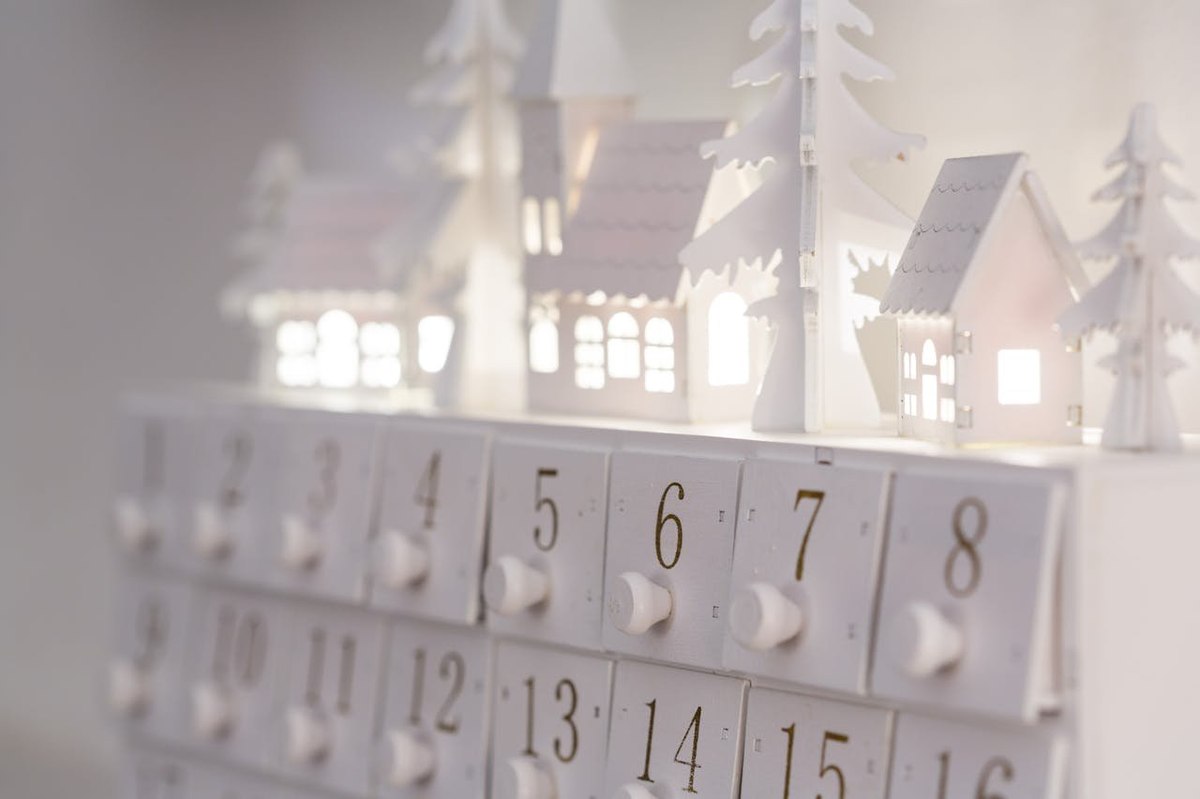Key insights:
- 17% of UK adults say they are likely to buy a beauty advent calendar in 2025.
- Young adults (18-24) show the strongest intent, with 42% likely to purchase.
- Women are more interested than men, with 23% likely to buy compared to 12% of men.
- Marks & Spencer (45%) and Boots (43%) are the leading retailers considered by buyers.
- Over half of shoppers (53%) say they would spend less than £100 on a beauty advent calendar.
A new YouGov Surveys: Self-serve poll among 1,000 GB adults shows that while beauty advent calendars continue to generate seasonal buzz, most consumers remain hesitant to purchase one this year. The findings suggest opportunities lie in targeting younger demographics, emphasising value, and fine-tuning product and brand positioning.
The survey reveals that only 5% of adults say they are ‘very likely’ to buy a beauty advent calendar in 2025, with another 12% ‘somewhat likely’ - a combined 18% of the population. In contrast, 65% describe themselves as ‘very unlikely’ to purchase one.
Age is a decisive factor. Among adults aged 18-24, two in five (42%) express intent (very or somewhat likely), compared to just 11% of those aged 55 and over. Middle-aged groups skew closer to the national average, but intent softens with age, suggesting that calendars remain a product with particular pull among younger beauty consumers. Gender differences also emerge: 23% of women say they are likely to buy, versus only 12% of men.
Over half of respondents (53%) cap their spending at under £100, and only 16% are willing to spend £200 or more. This points to strong price sensitivity in a crowded gifting season, where discounts, bundles, and exclusive items may prove critical.
When asked which retailers or brands they would consider purchasing from, Marks & Spencer (45%) and Boots (43%) lead the pack, followed by John Lewis (32%). Online-first players such as Look Fantastic (22%) and Cult Beauty (15%) attract notable attention, while prestige brands like Charlotte Tilbury (19%), Liberty (14%), and Selfridges (19%) show narrower, but still meaningful, appeal.
Product size plays an important role in consumer expectations. Three in ten prefer an even balance of miniatures and full-size products, while 22% want calendars skewed toward full-size. Only 8% want all full-size items, indicating that while value is important, variety and discovery remain central to the format’s appeal.
The biggest purchase drivers mirror broader retail trends. Two-thirds (64%) of likely buyers cite price or discounts as their top consideration, while 52% highlight brand reputation. Ease of purchase (38%) and social media influence (35%) also weigh heavily, with one-third valuing attractive packaging (33%) and exclusivity (32%).
More than a quarter (27%) of likely buyers plan to shop in October, highlighting its importance as an early holiday shopping month. A smaller share (7%) makes their purchase as early as September, while the largest group (46%) hold out until November, perhaps waiting for promotions or getting closer to the holiday season.
Finally, when asked what they most want inside, 37% say a mix of different categories. Skincare follows at 22%, with fragrance (18%) and makeup (15%) rounding out preferences. Haircare and body care sit at just 5%, suggesting these categories carry less weight in the advent format.
Overall, the data highlights both the challenge and the opportunity for beauty marketers. While only a small percent of adults plan to buy a calendar, younger shoppers and women remain receptive. Brands that lean into pricing strategies, trusted reputations, and well-curated product mixes may find themselves best positioned to capture a share in this highly seasonal but competitive market.
Methodology: YouGov polled 1000 British adults online on September 22, 2025. The survey was carried out through YouGov Surveys: Self-serve. Data is weighted by age, gender, education level, region, and social grade. The margin of error is 3% for the overall sample.
